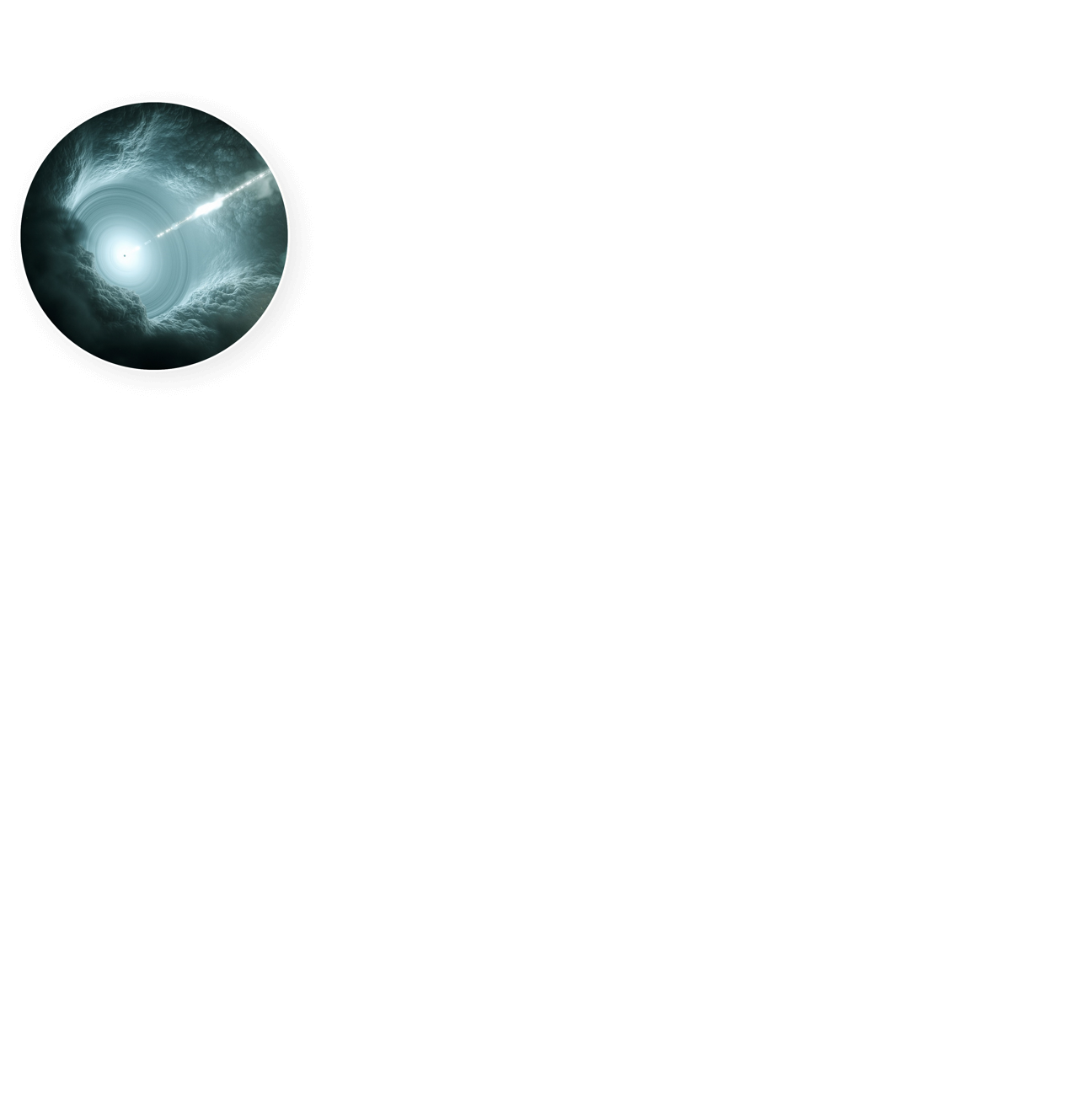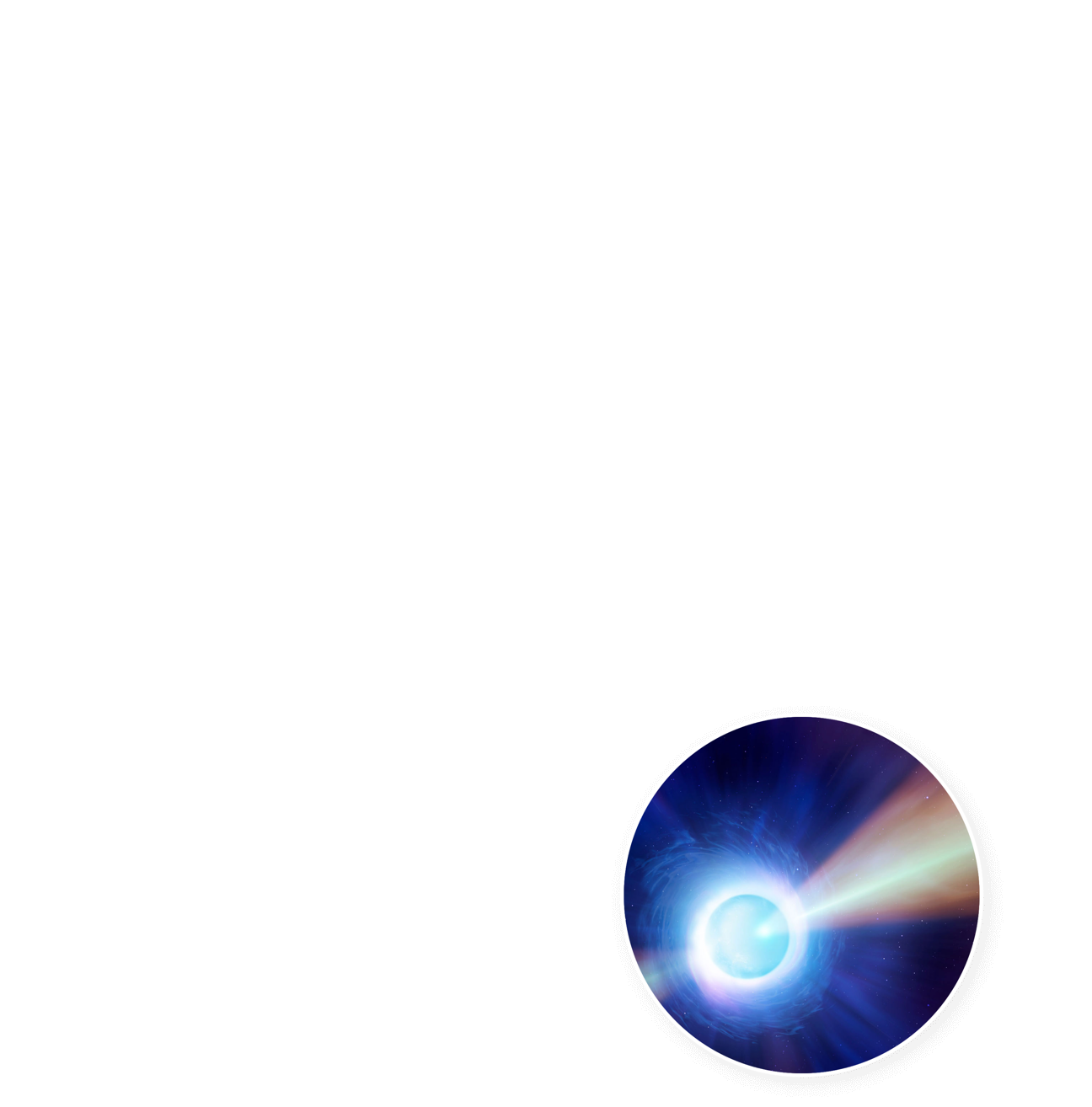2023 Astrophysics Probe Explorer (APEX) draft announcement released
Astrophysics Probe Explorer (APEX) AO Community Announcement release of draft solicitation
Multimessenger and time-domain astrophysics are opening entirely new windows on the Universe. The Astrophysics Cross-Observatory Science Support (ACROSS) center is an initiative to facilitate communication, coordination, and collaboration in this new era of astronomy.
The emerging field of multimessenger astronomy combines the observation of disparate messenger signals to reveal unique information about astrophysical sources. The four extrasolar messengers that make up multimessenger astronomy are electromagnetic radiation, gravitational waves, neutrinos, and cosmic rays and the primary multimessenger sources outside the heliosphere are expected to be compact binary pairs (black holes and neutron stars), supernovae, irregular neutron stars, gamma-ray bursts, active galactic nuclei, and relativistic jets. The present study of the these multimessenger sources has become one of the most promising discovery areas of modern astronomy. Identified as one of the central themes of the 2020 Decadal Review, the full realization of time-domain and multi-messenger astronomy now stands to open an entirely new window on the Universe.
The first joint detection of two merging neutron stars in gravitational waves and electromagnetic radiation on August 17, 2017 was a watershed moment for the field of multimessenger astronomy. The information gained from the detection of both messengers enable science that would have been impossible to perform with either signal alone. The discovery demonstrated that multimessenger astrophysics offers a powerful methodology of growing importance, as astronomers combine electromagnetic radiation, gravitational wave radiation, and particle astrophysics observations of cosmic events.
Multimessenger.across.smce.nasa.gov aims to support this emerging field by consolidating important information on resources available to scientists around the world to enable future discoveries.





